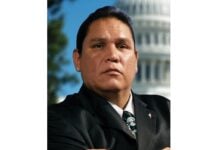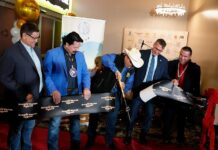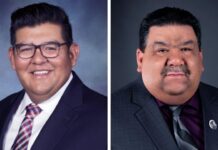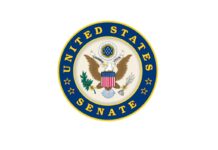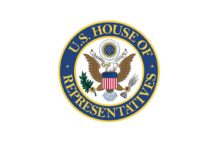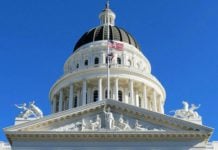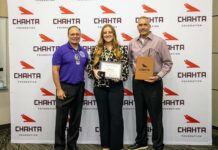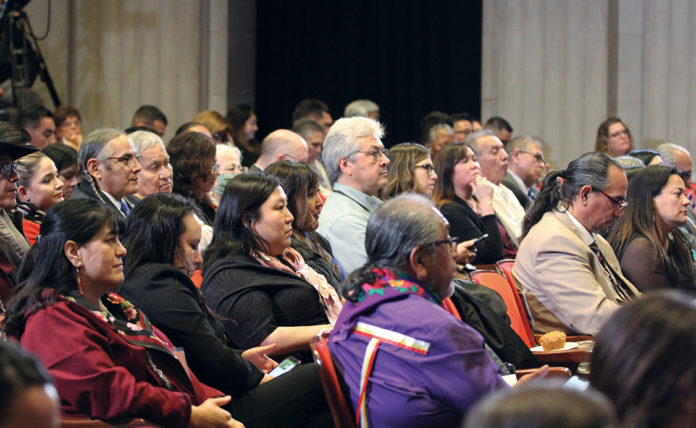WASHINGTON, D.C. – President Biden hosted the second Tribal Nations Summit of his administration to help foster Nation-to-Nation relationships and provide tribal leaders with an opportunity to engage directly with senior administration officials. Since taking office, President Biden has prioritized relationships with Tribal Nations that are built on respect for tribal sovereignty and self-governance, honoring federal trust and treaty responsibilities, protecting tribal homelands, and conducting regular, meaningful, and robust consultation. The President has also advanced an economic agenda that includes historic levels of funding specifically for tribal communities and Native people, including $32 billion in the American Rescue Plan (ARP), $13 billion in the Bipartisan Infrastructure Law (BIL), and $700 million in the Inflation Reduction Act (IRA).
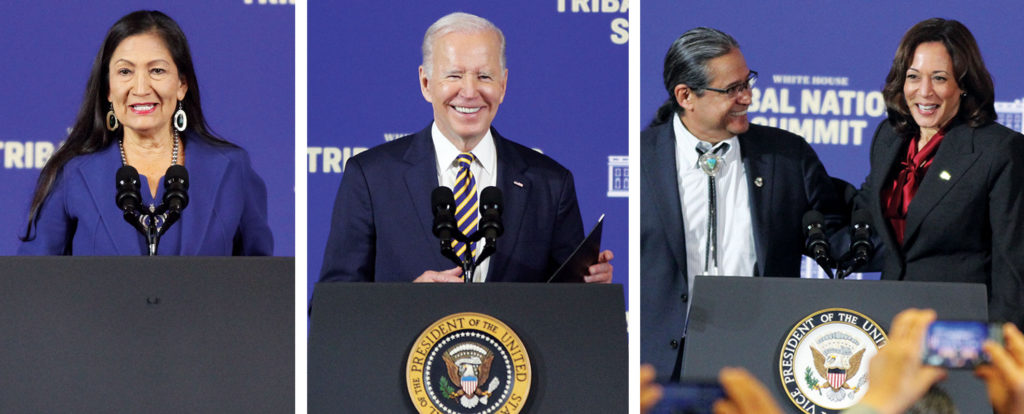
As tribal leaders gathered in Washington at the Department of the Interior for the first in-person Summit of the Biden-Harris administration, the President and members of the Cabinet announced a number of new actions that build on the progress that has already been made, create new opportunities for tribal consultation and input, and produce lasting changes that will impact the lives of tribal leaders and their citizens. Presidential Memorandum on Uniform Standards for Tribal Consultation. The President signed a new Presidential Memorandum establishing uniform standards to be implemented across all federal agencies regarding how tribal consultations are conducted. These standards respond to input received from Tribal Nations regarding tribal consultation and ensure more consistency in how agencies initiate, provide notice for, conduct, record, and report on tribal consultations. The Presidential Memorandum will also require annual training regarding tribal consultation for federal employees who work with Tribal Nations or on policies with tribal implications.
Indian Gaming Magazine spoke with numerous tribal leaders about what it meant to attend the 2022 White House Tribal Nations Summit in Washington, D.C. Here is what they had to say…
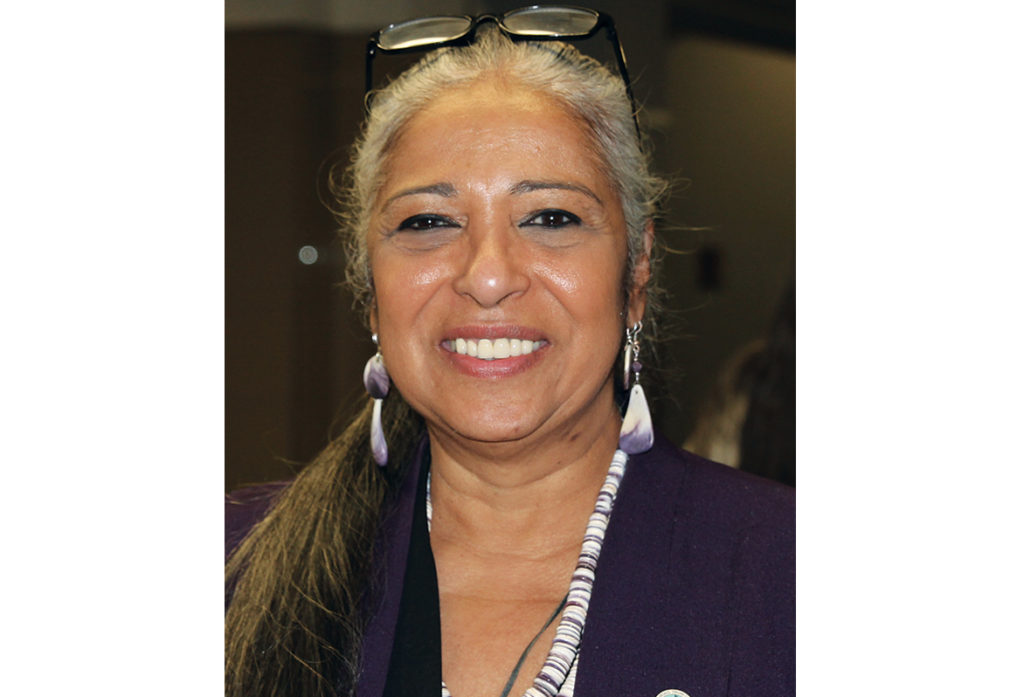
Cheryl Andrews-Maltais, Chairwoman
Wampanoag Tribe of Gay Head (Aquinnah)
It’s just really rewarding to be here. It’s been a long time coming. We had four years of no contact with the White House. In the last two years, being virtual was one thing, but now being able to be together with each other from all over Indian Country is really heartwarming and energizing for everyone. Being able to hear firsthand the commitment of the cabinet secretaries, the Vice President and the President himself to what they want to do as far as working with Indian Country, is just really uplifting. They’re demonstrating that commitment and they’ve asked us to hold them accountable for it and follow through, and that’s exactly what we’re going to do. We are pretty confident in the words that they are speaking, their actions – that they are actually following through. So, we are looking forward to at least the next two years.
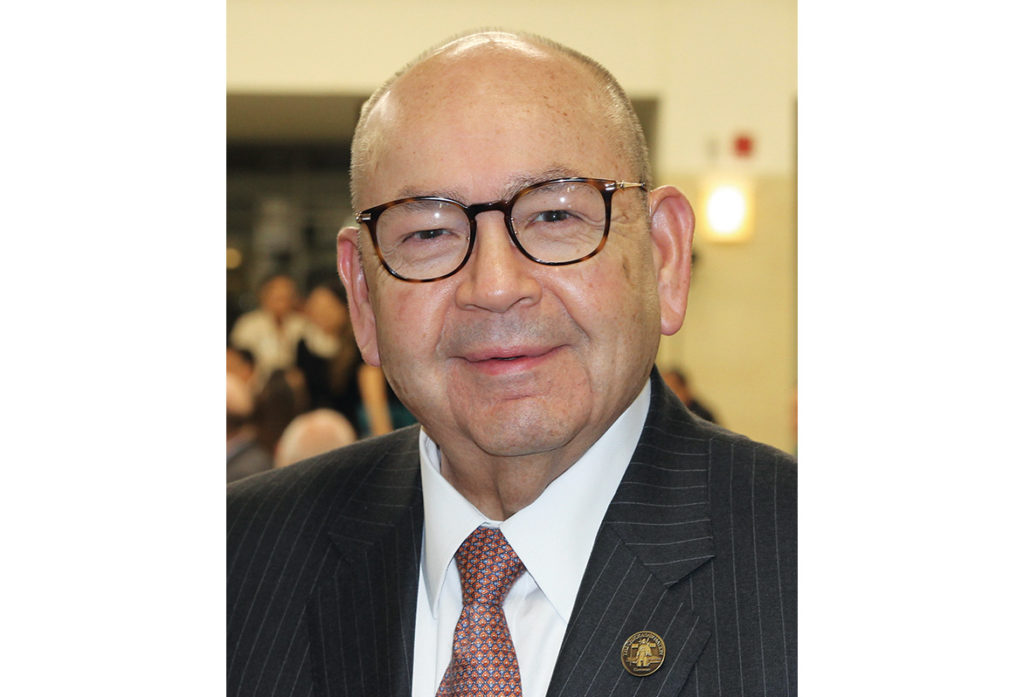
Bill Anoatubby, Governor
Chickasaw Nation
We need to get together and have a dialogue with all of the agencies, and it’s really unique that we’ve had this opportunity. We appreciate the administration arranging for all of the different cabinet secretaries that have been here, as well as folks who are higher up in the administration who have been able to share with us. We’ve been able to gather information and now we know some next steps that we can take.
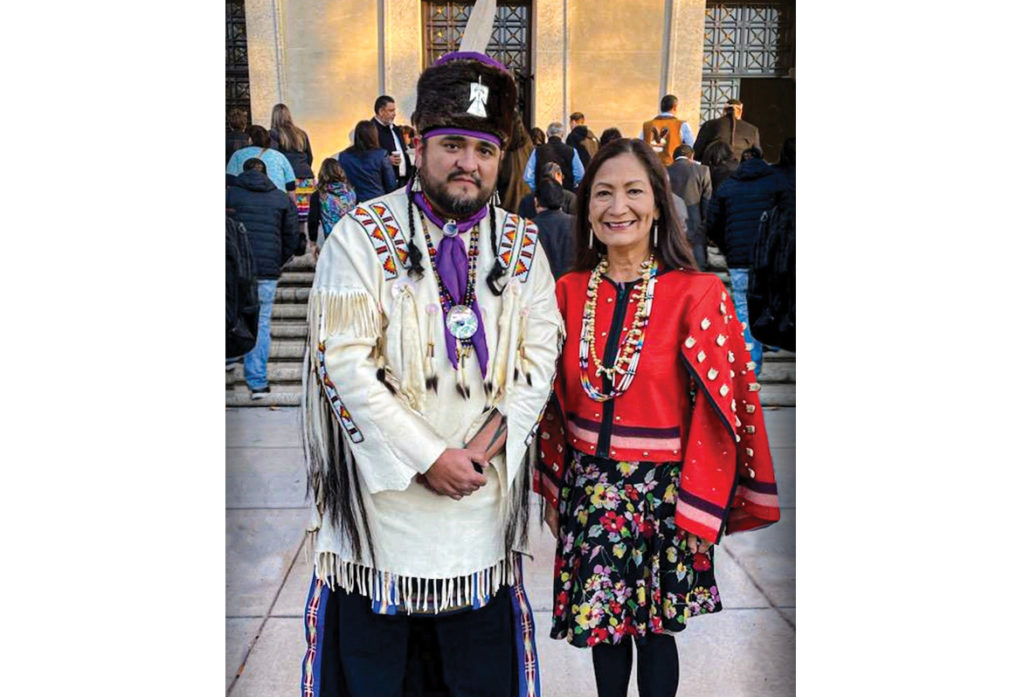
Interior Deb Haaland. Photo: Quapaw Nation
Joseph T. Byrd, Chairman
Quapaw Nation
This has been a really impactful White House Tribal Nations Summit, being that it is my first one, but also that it is the 10th since its inception, and the first time in six years that tribal leaders have been able to come together and have this face-to-face dialogue and these really intimate and important discussions with heads of agencies throughout the Biden-Harris administration. There is a synergy in the air, and it’s been a really impactful experience.
I would say the most important discussion for us has been access to capital with this underlying issue of climate change. In consideration of climate change, what are we doing to further our communities? How are we looking to bolster our economies and really take care of our citizens back home? That goes for tribal and non-tribal citizens alike. A lot of it overlaps with one another. The most difficult challenge, in my perspective, when it comes to economic development within Indian Country, is that access to capital.
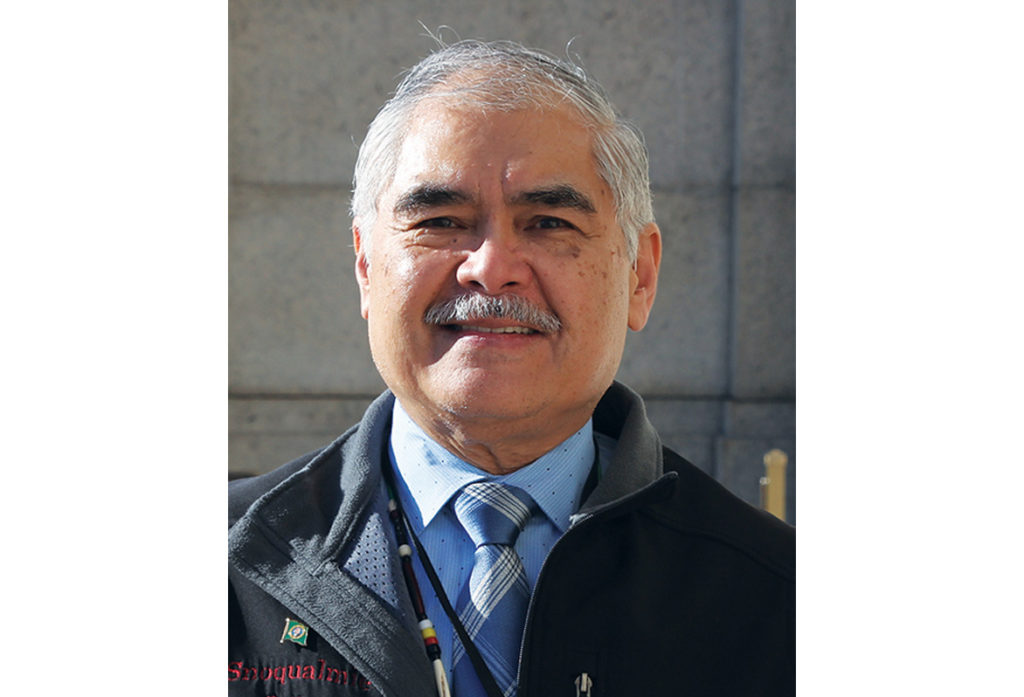
Robert de los Angeles, Chairman
Snoqualmie Indian Tribe
It’s a great feeling for us to be here as Tribal Nations. We wanted to see what would happen in this meeting, because it hasn’t happened for the last couple of years due to the past administration. Hopefully, some good movement and ideas come out of it, and that we continue to have these meetings annually to improve on solutions. All of the tribes and the federal government know what the problems are, and we just need to continue to have this dialogue. It’s the first step, and to continue having these meetings.
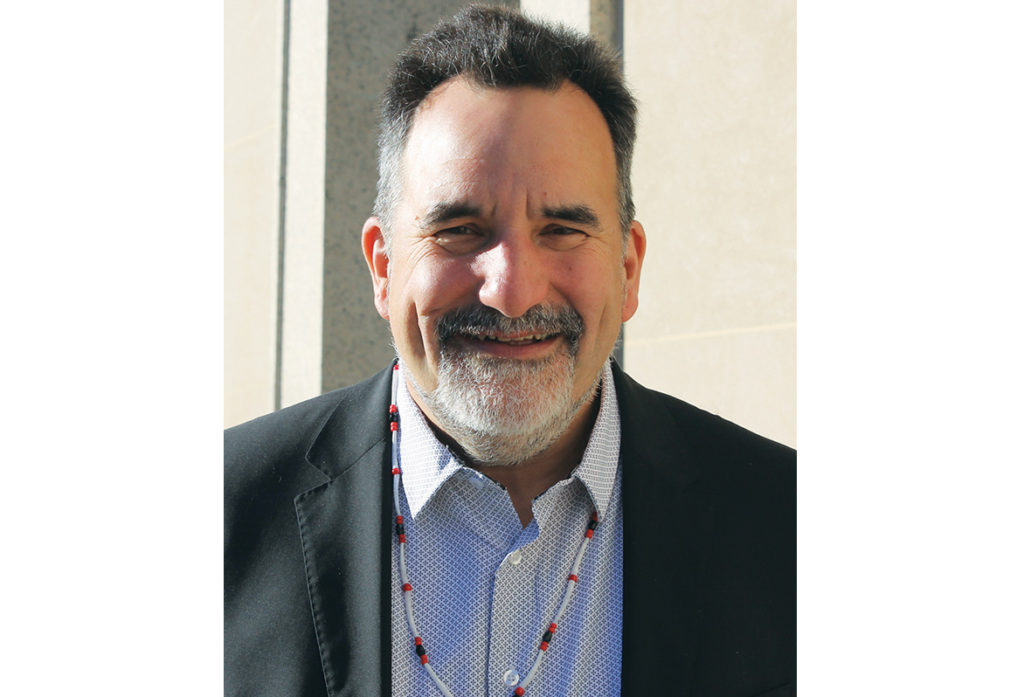
Leonard Forsman, Chairman
Suquamish Tribe
I went to the previous White House Tribal Nation Summits during the Obama-Biden administration, and those were groundbreaking. This summit, which comes six years after the last in-person event, has demonstrated the influence of the tribes in getting their message to the administration, and also, the Biden administration building upon the relationship that was established in earnest by the previous Obama-Biden administration. Through appointments of Native Americans to key posts, and the embracing of priorities that the tribes have been talking about for decades, [the administration] is showing great progress in how we can find solutions for some of the challenges we have. There is still a lot of work to be done, and we look forward to those things getting implemented.
As far as the week has been concerned, it’s been a great validation of the growth of the relationship between tribal governments and the federal government, and the recognition of the promises that have been made through treaties and other agreements, and the importance of the trust responsibility. There has been a lot of tangible demonstrations of that, and lots of assurances that things are going to improve, and we hope that these things are implemented and achieved.
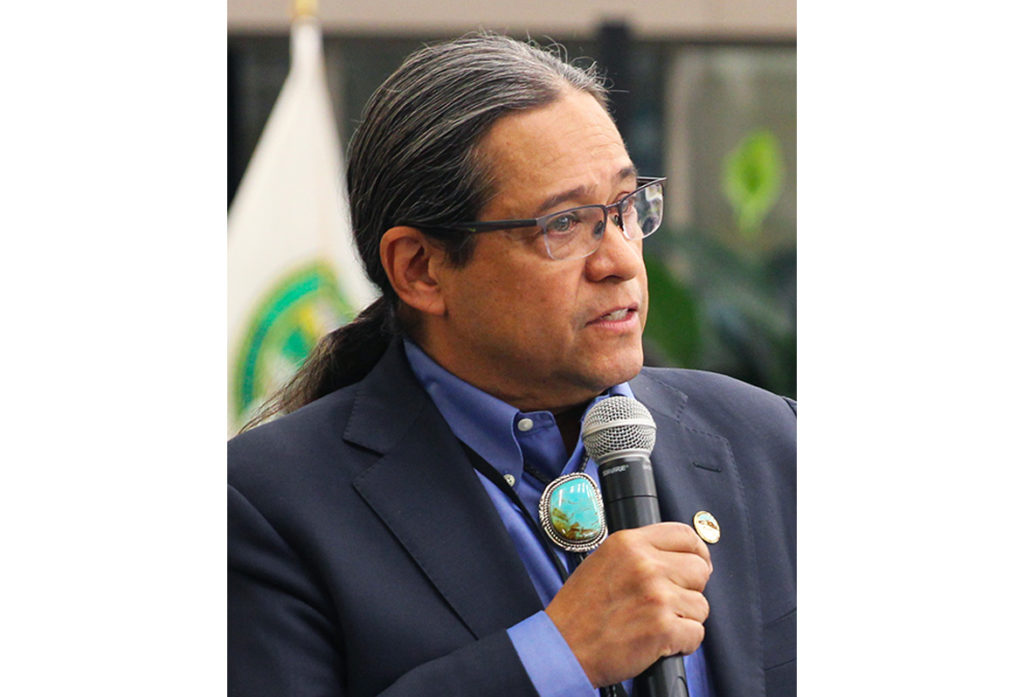
Mark Macarro, Chairman
Pechanga Band of Luiseño Indians
We are looking at the status and the state of Indian Country and what the interface looks like, government-to-government, between the United States and tribes. What the White House Tribal Nations Conference has meant to my tribe, is an affirmation that there is a lot of good that’s going on. There is a lot that’s going right, and there are plenty of things that need fixing still. Some course corrections on the good side, and probably some things that need to be scuttled on the other side. But overall, the Biden-Harris administration is doing, in my estimation, really well by Indian Country and certainly by my tribe. The last two days have been a communication of values. The whole notion of a summit, is a meeting of governmental heads. The act of convening the summit itself is one of those things that bolsters tribal governments, tribal sovereignty and puts it front and center. There has been a lot of respect that has come from this administration, the President and Vice President, to tribal governments. It really does mean a lot to certainly my tribe and tribal government, and throughout Indian Country.
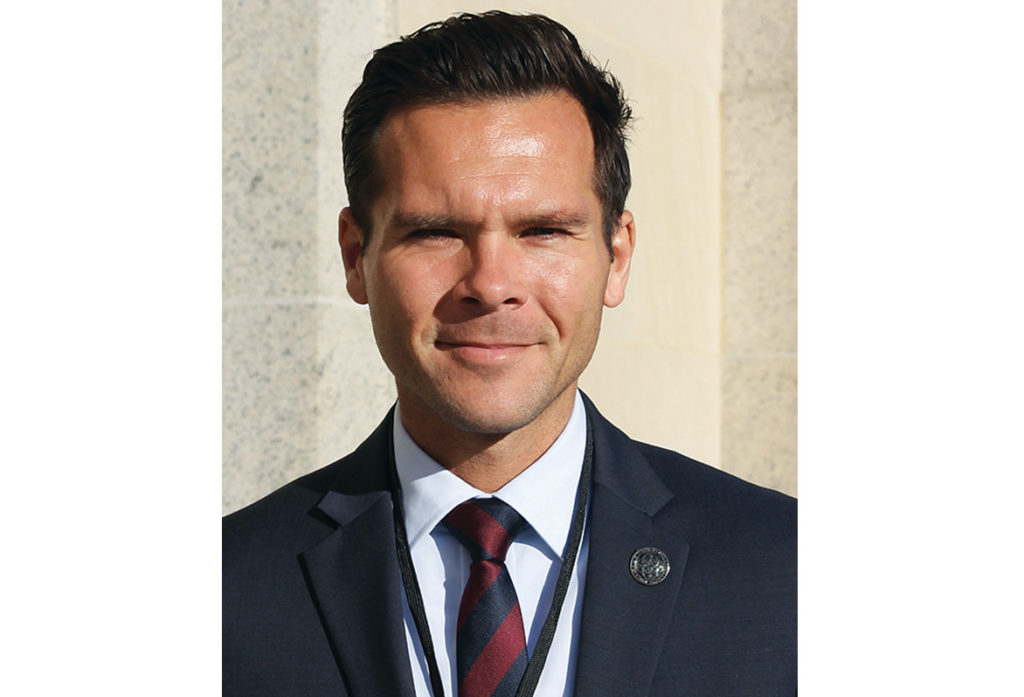
Reid D. Milanovich, Chairman
Agua Caliente Band of Cahuilla Indians
The White House Tribal Nations Summit is an incredibly important event, not just for my tribe, but for all tribes across the country. This is the first time I’ve attended the event. Being here in person and seeing these relationships being built between the federal government and all of the tribes is very meaningful. Communication is critical in the issues that we deal with, and having these relationships built, it really is incredible.
President Biden and Vice President Harris came here in person to speak directly to tribal leaders. The magnitude and the significance of that can’t be understated. They have made Indian Country a priority in their administration.
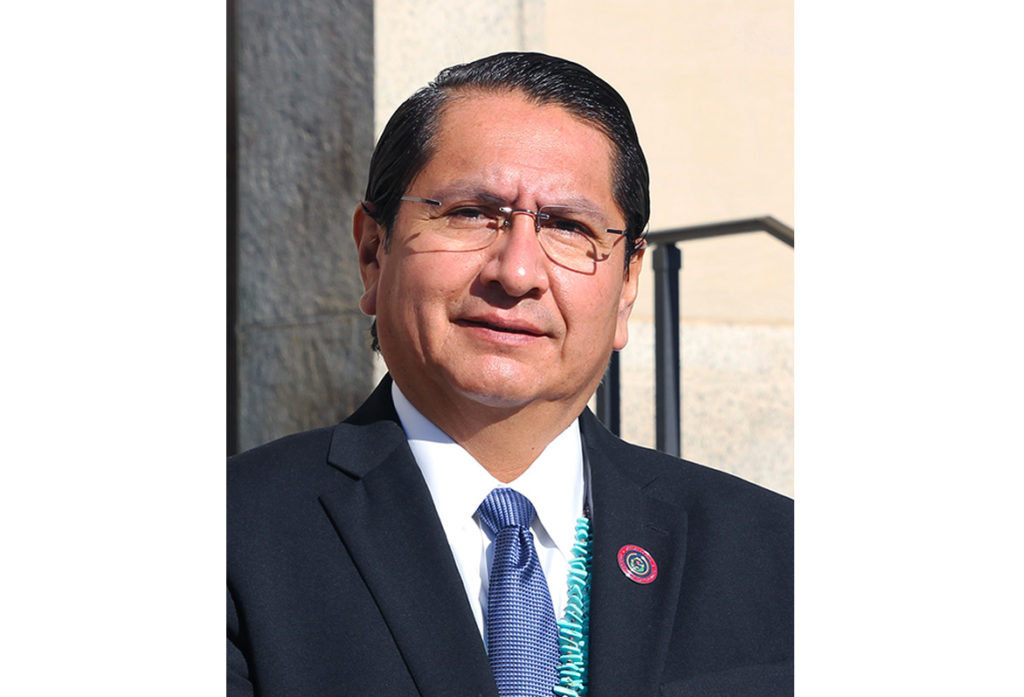
Jonathan Nez, President
Navajo Nation
During the Obama administration, this summit was established and it’s great to see the Biden-Harris administration bring their own summit to the forefront for tribal leaders, and to hear many of the positive stories about this administration. What they are doing with tribal leaders throughout Indian Country has been encouraging and inspiring.
We’ve had Dr. Jill Biden come to the Navajo Nation, as well as many cabinet members, secretaries and administrators. The commitment to Indian Country is there by this administration. Of course, there is still a lot to be done. Earlier today, we were at the U.S. Department of Energy with Secretary Granholm, and signed a memorandum of understanding with regard to our energy portfolio relating to transitioning from fossil fuel and coal fire power plants to renewable energy, and examining how the Department of Energy is going to help streamline regulations so that these projects can get done. This not only benefits renewable energy projects – it benefits all projects in Indian Country.
It’s difficult to get projects done quickly in Indian Country because of the many regulations and laws, and because Indian trust lands are the equivalent to other federal lands throughout the country. We have to jump through many hoops to get projects developed, especially now more than ever with the CARES Act, American Rescue Plan Act funding, Inflation Reduction Act, and infrastructure dollars. We really need to streamline these processes, and I’ve presented to the White House Council of Native American Affairs many times advocating to do so. It’s great that some of the initiatives we developed in a white paper are being done. One example is, we have over 3,000 miles of fiber that have been laid in the ground on the Navajo Nation using the same right of ways as the roads. This is one of the regulations that has been streamlined, at least specifically for fiber, on the Navajo Nation, that also benefits other tribal communities throughout the country.
At this summit, we’ve heard about the positive work and great stories that are happening in Indian Country. We appreciate the administration for their support, and for the announcement of tribal consultation and the ability to be involved in the stewardship of public lands, or in this case, federal lands. Those are things that we’ve really been advocating for. We also appreciate the announcement by President Biden about advance appropriations for Indian Health Service (IHS), but we’ve really been shooting for mandatory funding to IHS, as was mentioned by Secretary Becerra.
I’ll be participating in a fireside chat with Secretary of Veterans Affairs McDonough. He’s been to Indian Country and visited with Native American veterans as well as our Navajo veterans. There is a great project that’s being done where Navajo is the first to be recognized as an entity that can do their own veterans claims. Right now, over 980 claims have been submitted, and these veterans didn’t have to leave the Navajo Nation or go to a veteran’s hospital to get their claims processed.
It’s great to be here in Washington, D.C. reminding our federal friends here about the priorities of Indian Country.
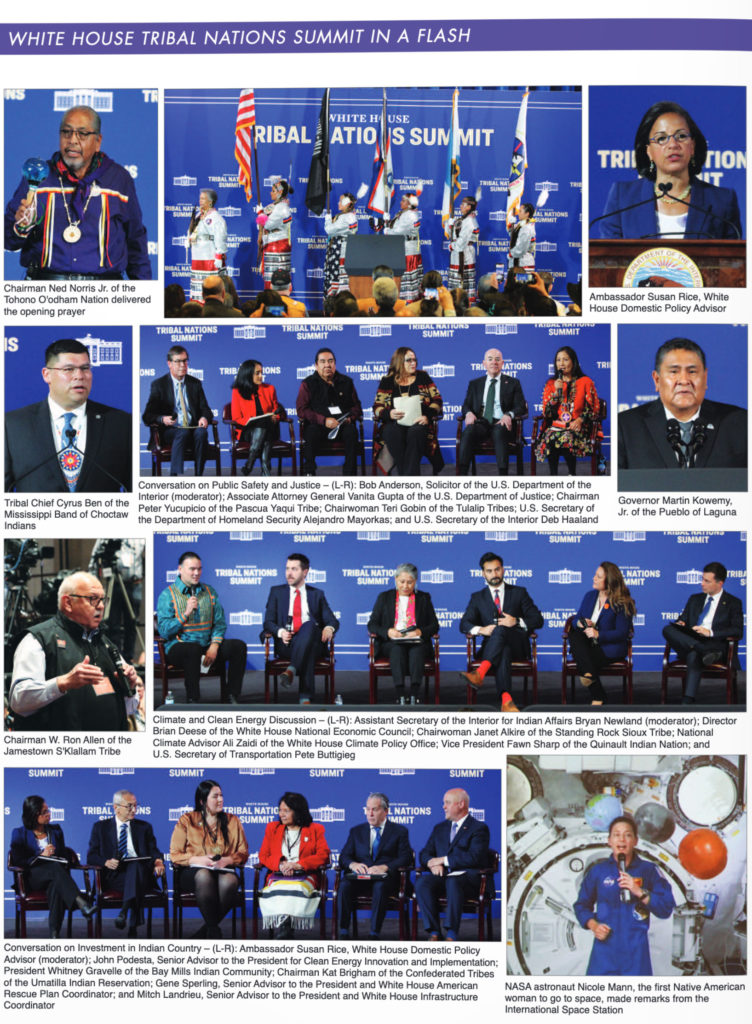
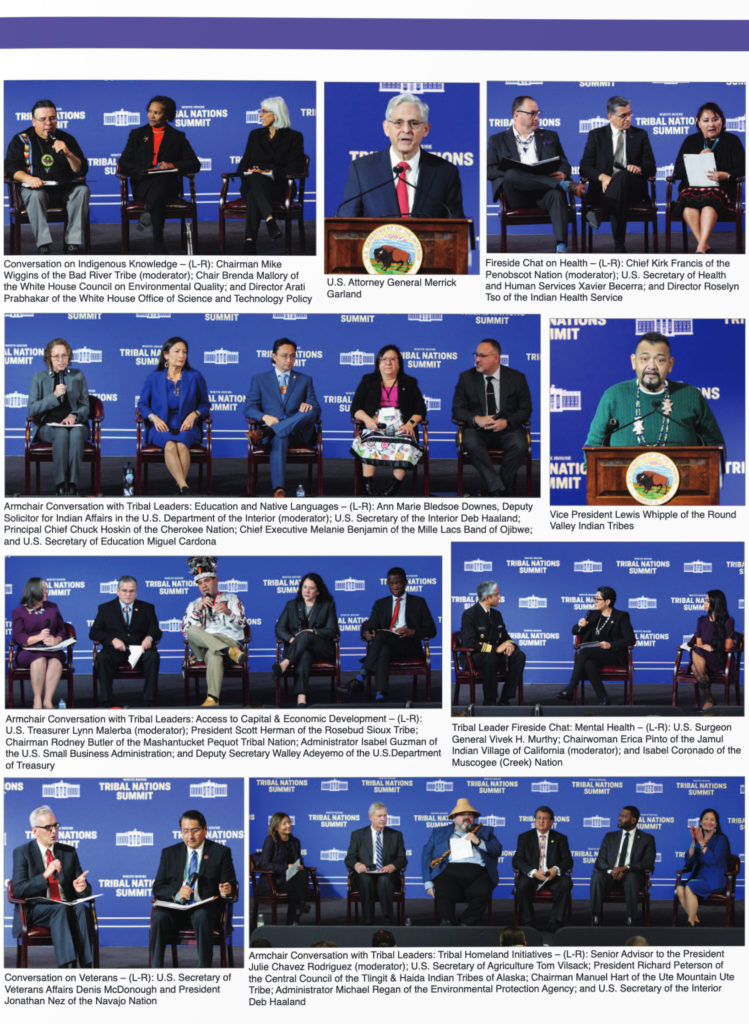
Core Administration Policy Announcements at the Summit Included:
New Tribal Consultation Policies. Nine agencies will implement new or updated tribal consultation policies. These include: (1) new policies announced by the Department of the Interior (DOI), Department of Justice (DOJ), Department of Transportation (DOT), and the National Oceanic and Atmospheric Administration (NOAA); and (2) new policies to be released in the coming months from the Department of Homeland Security (DHS), Department of Health and Human Services (HHS), Department of the Treasury, the U.S. Army Corps of Engineers (USACE), and the Advisory Council on Historic Preservation (ACHP).
New Best Practices Report for Tribal Treaty and Reserved Rights. 17 federal agencies, coordinated through the White House Council on Native American Affairs (WHCNAA), are releasing a new best practices report to integrate tribal treaty and reserved rights into agency decision-making processes. This best practices report was developed in consultation with Tribal Nations and implements the agencies’ Memorandum of Understanding Regarding Interagency Coordination and Collaboration for the Protection of Tribal Treaty Rights and Reserved Rights.
Implementing Tribal Co-Management and Co-Stewardship of Federal Lands and Waters. In 2021, USDA and DOI signed Joint Secretarial Order 3403, committing to tribal co-stewardship, including through written co-stewardship agreements with Tribal Nations. In 2022, they delivered on this commitment: in total, USDA Forest Service and DOI signed over 20 new co-stewardship agreements with tribes to further co-stewardship goals, with more than 60 additional agreements under various stages of review.
During the White House Tribal Nations Summit, the Department of Commerce announced that it will formally join in these co-stewardship efforts by signing onto Joint Secretarial Order 3403. This commitment furthers an all-of-government approach to co-stewardship, and ensures that additional agencies – like NOAA – will further co-stewardship goals in their management of waters, fisheries, and other resources of significance and values to tribes.
New Indigenous Knowledge Guidance for Federal Agencies. The White House Office of Science and Technology Policy (OSTP) and the Council on Environmental Quality (CEQ) announced first-of-its-kind government-wide guidance for federal agencies to recognize and include Indigenous Knowledge in federal research, policy, and decision-making.
Access to Capital in Indian Country. The Small Business Administration (SBA), in coordination with WHCNAA and with involvement from DOC, DOE, DOI, Treasury, USDA, Office of Management and Budget (OMB), and the White House Council of Economic Advisers, have announced a new access to capital initiative with the goal of increasing awareness, access, and utilization of financing opportunities for Tribal Nations.
Implementation of the Indian Energy Purchase Preference at Federal Facilities. To ensure that investments in the clean energy economy reach tribal lands, the Department of Energy (DOE) – in coordination with WHCNAA and with involvement from the Department of Defense (DOD) and the General Services Administration (GSA) – will launch a new initiative to increase federal agencies’ use of tribal energy through purchasing authority established by statute. Title V of the Energy Policy Act of 2005 established for federal agencies a preference for purchasing electricity and other energy products from Indian tribes and tribal enterprises. That authority has been unused for over 17 years. Electric Vehicle (EV) Initiative for Tribal Nations. Includes funding to secure an American EV supply chain and to build out the first-ever nationwide public EV charging network of 500,000 EV chargers. The administration has announced an EV Initiative for Tribal Nations to ensure that Tribal Nations and Native communities are part of the EV future of the country. Ten federal agencies, including DOT, DOE, DOI, DOL, ED, EPA, HHS, HUD, GSA, and USDA, coordinated through WHCNAA, are supporting this effort.
Implementation of the Buy Indian Act. President Biden committed to strengthening implementation of the Buy Indian Act, which provides for special federal contracting preferences by DOI and HHS to procure supplies, services, and construction from Native-owned businesses. The federal government is the largest purchaser of goods and services in the country, buying everything from software and building construction to financial and asset management – making its procurement a powerful tool to advance equity and build wealth in underserved communities.
10-Year National Plan on Native Language Revitalization. The WHCNAA Education Committee released a draft 10-Year National Plan on Native Language Revitalization. The administration will consult with Tribal Nations on the draft and finalize the plan in 2023.
Additionally, the White House has released a comprehensive Progress Report that details actions that have been taken across the administration over the past two years.














